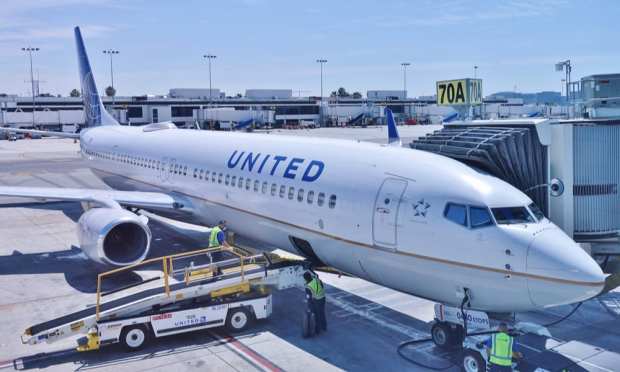Airlines Are Using Frequent-Flyer Programs As Collateral For Loans To Stay Alive

In times of crisis, we mortgage what we have to get to where we need to be.
The pandemic has seen a flurry of capital raising as firms across all verticals have sought to shore up their balance sheets. By getting cash on the books, there’s the chance to keep going — to continue operating and pay expenses until the horizon is a bit clearer. Along the way, pledging assets that aren’t in use now can be an effective strategy.
It’s no secret that not many of us are flying now. Air traffic is just starting to rebound and the nadir seems to have been reached in April when traffic was down about 94 percent.
Still, airlines are burning cash at the rate of tens of millions of dollars a day to stay alive. United Airlines has said it’s spending $40 million per day in the second quarter but added that that should slow to $30 million daily in the third period, as per CNBC.
And by the third quarter’s end, the airline expects to have $17 billion in available liquidity. Part of that will come from a $5 billion loan syndicated by Goldman Sachs Group, Morgan Stanley and Barclays.
United will back the seven-year loan with its MileagePlus program, which has about 100 million subscribers and brings in some $5 billion a year in sales. The airline has also secured $4.5 billion in loans from the CARES Act.
Selling miles had been a strategy presaged as early as April. As we noted in this space back then, miles are a way to keep airlines and various credit cards top of mind and top of wallet for consumers.
As carriers sell their miles to banks, they can net billions of dollars. Banks, in turn, use the miles as perks for credit-card consumers, and to spur them to keep spending (which of course helps the banks, as they get fees on each transaction).
United’s move follows other airlines’ similar fundraising efforts. For example, JetBlue sold miles for $150 million to its credit-card partner Barclays. And American Airlines has said that it would use its air miles program as collateral for U.S. government loans.
When revenue falls off a cliff (or is nonexistent), it becomes imperative to play the waiting game. Indeed, United Airlines said Monday (June 15) that its new liquidity would help provide “even more flexibility as the airline navigates the most disruptive financial crisis in the history of aviation.”
In an interview with the Financial Times, Morningstar equity analyst Burkett Huey, who covers the aerospace and defense industry, said frequent-flyer programs “are really the golden goose of the airlines. They’re the reason why North American airlines have historically …. only had about 20 percent of global capacity but half of global airline profit.”
Huey noted further that “pledging the frequent flyer program is probably one of the most of the aggressive moves I’ve seen so far.”
Miles to go before the pandemic is over — and we might see airlines using miles to get through that arduous journey.
